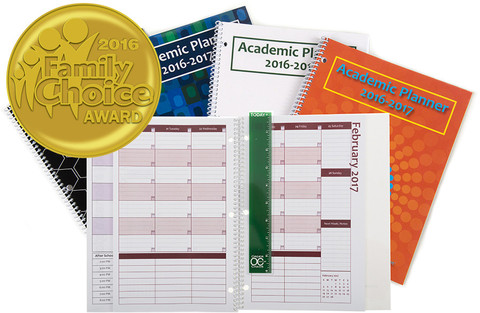August is here and that means the beginning of the school year is just around the corner. You are probably already submitting school forms, buying school supplies and clothes. Help your student get a head start toward being able to own their responsibilities with these invaluable tips from organizing consultant, coach and ADHD specialist Leslie Josel.
Leslie notes that children are capable of managing responsibilities depending on their “brain” age, not necessarily on their “chronological” age. Therefore, we cannot expect that at age X all children will be capable of mastering the same tasks. Leslie Josel works with the parents and with the children who struggle with learning how to own their responsibilities. Leslie guides the parents toward raising children who are problem solvers not just direction followers.
It is often the case that moms are the only keepers of the family schedule. When it is time to leave for school, lessons, or sports, moms ask their children: “Do you have your sweatshirt? Do you have your water bottle? Do you have your piano books?” The children will follow the directions, but time and again, they seem to not remember how to get ready for these activities on their own.
Leslie works with parents to create a “scaffolding” for the child. This support structure includes having parents “tell less” and “ask more”. The parent changes how they talk to their children. The parent may ask the child: “Do you have gym today? What do you need for gym today?” What do you need to bring to soccer practice?” Eventually, instead of just following directions, children will start making a mental checklist and taking ownership.
As Leslie points out,it may take a while to help your student achieve their goals, and the child may need support such as visual directions. Visual directions are more than a simple checklist posted on the wall and may vary depending on the age of the child. For younger children, visual directions may include photos of them performing a task such as brushing teeth or getting dressed for school. These specific photos will aid the child in taking ownership of their morning routine. For older children, visual directions may include photos and specific instructions on how to accomplish tasks.
In addition, for older children Leslie uses her patented time planner which allows the child to get a visual of their “available” time and their “unavailable” time. When a child can “see the time” they can better manage it. The student will write in their unavailable times, such as recurring soccer practice, trips, or recitals. Then they will be able to “see” available time to get their homework or other responsibilities done. Depending on the particular student, parents may need to continue to provide “scaffolding,” such as supporting the student by “asking” them what they think should go in their planner. “How are you going to remember to remember that?” Over time, with support, you will help your student improve in their mastery of their responsibilities.
To listen to the full 22-minute podcast, go to: http://smead.com/Director.aspx?NodeId=2573

